DAY 15 Friday Sep 13, 2019 Continued:
Funky souvenirs...
Oldest cafe operating since 1864
HOUSE OF THE BLACKHEADS:
This 15th-century House of the Blackheads served as the congregation place of the Brotherhood of Blackheads, an association of unmarried merchants and shipowners.
The building’s unusual name comes from the North African St Maurice, the organization’s patron saint, whose image can be seen on the front door of the building. Renaissance facade with its elaborate stone portal and ornately decorated door.
Tallinn Blackheads also served a military purpose and proved themselves as redoubtable adversaries during the Livonian Wars. The Brotherhood survived until the Soviet invasion in 1940, and today the House of Blackheads serves as a venue for regular chamber concerts
GREAT GUILD HALL
The Great Guild Hall, which dates to 1417, is one of the most important buildings from medieval times
The Great Guild served as the home of the most powerful of the city’s guilds, uniting the German-speaking mercantile elite into an organization that effectively controlled Tallinn’s commerce. Its doors were closed to smaller merchants and artisans, who were forced to form lesser institutions.
Besides being the gathering place for its members, the Great Guild was also the focus of many of medieval Tallinn’s social events. It was often rented out for wedding parties and court sessions and used to be the starting as well as the end point of most festive cavalcades. Today, the building is home to a branch of the Estonian History Museum whose collection of historical artifacts covers Estonian history from the Stone Age to the mid-19th century.
This is the Holy Spirit church.
The 13th-century Holy Spirit Church (or Holy Ghost Church) is one of the most attractive churches in Tallinn. A small Gothic building with stepped gables, the church served as the Town Hall chapel before becoming the principal church of Tallinn’s Estonian-speaking population. Its whitewashed exterior and stepped gable are topped by a striking Baroque tower. The ornate clock set into the wall above the entrance, with carvings dating from the late 17th century, is Tallinn’s oldest public clock. The interior of the church is as spectacular as its exterior and features a treasure trove of religious artifacts and architecture. One of the reasons why this place holds a special place in Estonian history is because the first Estonian-language catechisms were formulated here in 1535 following the Reformation.
We walked on.
We walked on.
Tile mosaic...
Reached the town hall square.
TOWN HALL SQUARE:
The gently sloping, magnificent Town Hall Square lies in the heart of the Old Town and has, for centuries, served as a marketplace. The cobble-stoned square is surrounded by an ensemble of pastel-colored medieval houses.
Being one of Tallinn’s marquee attractions, the square has become a trademark of both the city and Estonia as a whole, featuring on countless souvenirs and tourist posters. One of the most august buildings lining the Town Hall Square is the Town Hall Pharmacy, famed for being one of the oldest pharmacies in Europe. The building’s exterior dates back to the 17th century, but there is evidence that a pharmacy existed on the site as long back as the early 15th century.
Being one of Tallinn’s marquee attractions, the square has become a trademark of both the city and Estonia as a whole, featuring on countless souvenirs and tourist posters. One of the most august buildings lining the Town Hall Square is the Town Hall Pharmacy, famed for being one of the oldest pharmacies in Europe. The building’s exterior dates back to the 17th century, but there is evidence that a pharmacy existed on the site as long back as the early 15th century.
The Town Hall, which dates back to 1404, is one of the most hallowed symbols of Tallinn. It boasts an elegant arcade of Gothic arches and a slender steeple. The narrow windows and crenelated parapet complete the building’s facade.
Don’t forget to spot the waterspouts in the form of green dragons just beneath the roof and the 16th-century weather vane in the form of a stout, spear-wielding sentry near the summit of the steeple.
Can see St Nicholas church...we walked on toward it.
ST. NICHOLAS’ CHURCH:
Next stop on this Tallinn walking tour was St. Nicholas’ Church. This Gothic landmark was originally erected in the 13th century but almost all that remains is from the 15th century. notice a stone skull and crossbones carving at the entrance to the chapel, near the church’s main door. Stone carving was an important element in Estonian architecture, was largely done in dolomite and sandstone.
The building has served as a museum since it was extensively restored during Soviet times after being damaged by Soviet bombing raids in World War II. It is home to most of Tallinn’s medieval artworks – many of which were destroyed in the Protestant riots of 1524. According to legend, however, St. Nicholas’ Church escaped being ransacked due to the quick thinking of the church’s warden, who sealed the door with melted lead. The 15th-century frieze Danse Macabre by Bernt Notke is definitely the chef-d’œuvre of the church. Only a portion of the 30-meter original remains.
We paid the fee, kept our bag/coats in the locker room and toured around the church.

We paid the fee, kept our bag/coats in the locker room and toured around the church.

CATHEDRAL OF ST. MARY THE VIRGIN
The Cathedral of St. Mary the Virgin is popularly known as Dome Church and is rumored to be the oldest church in Estonia. This cute church was built as a wooden church in 1240. We missed it. St Olaf's church is under renovation. We missed it too.
Danish King's Garden is just next to Toompea, on the slope facing St. Nicholas Church.

According to an old legend, this is the spot where a flag descended from the sky during Danish invasion; this flag turned the course of the battle in favour of King Valdemar II. Later, the flag became the national flag of Denmark; sculpture Tuli lipp ('The Flag Descended') is about this legend.
There are also other legends about this garden; however, it was the Danish reign that lasted for over a century in Tallinn and Northern Estonia that gave the name to the garden.
The sculpture of three monks, which stands in the garden, is complemented by a light installation and an information board on the city wall.
Interesting fact: every year on 15 June, Dannebrog or the Day of the Danish Flag is celebrated in the garden.

According to an old legend, this is the spot where a flag descended from the sky during Danish invasion; this flag turned the course of the battle in favour of King Valdemar II. Later, the flag became the national flag of Denmark; sculpture Tuli lipp ('The Flag Descended') is about this legend.
There are also other legends about this garden; however, it was the Danish reign that lasted for over a century in Tallinn and Northern Estonia that gave the name to the garden.
The sculpture of three monks, which stands in the garden, is complemented by a light installation and an information board on the city wall.
Interesting fact: every year on 15 June, Dannebrog or the Day of the Danish Flag is celebrated in the garden.
From 1710, Tallinn was part of the Russian Empire for the next two centuries. By the early 19th century, it had established itself as the most fashionable bathing resort in the region, with the elite of St. Petersburg society taking up residence in town for a large portion of the summer. During the Soviet occupation, Tallinn experienced a vast influx of predominantly Russian-speaking workers.
The imposing Alexander Nevsky Cathedral is Tallinn’s most striking Russian Orthodox Cathedral. It was built in 1900 when Estonia was under Czarist Russian rule as a reminder to the local Estonians of their subordinate status during that era. Loathed by most Estonians at the time for being a symbol of Russification policies, the Alexander Nevsky Cathedral was planned to be demolished in 1924, but the plan was never executed. The cathedral is dedicated to the Prince of Novgorod, Alexander Yaroslavich Nevsky, who vanquished the Livonian Knights on the banks of Lake Peipsi in 1242.
The cathedral’s Neo-Byzantine exterior is richly decorated in mosaics and icons and its black domes and golden iron crosses are visible through most of the Old Town. The interior is relatively spartan compared to other renowned Orthodox cathedrals but impressive nonetheless.


The cathedral’s Neo-Byzantine exterior is richly decorated in mosaics and icons and its black domes and golden iron crosses are visible through most of the Old Town. The interior is relatively spartan compared to other renowned Orthodox cathedrals but impressive nonetheless.


By now we had run out of time. We had to walk back to the ferry terminal well in time for the check in. the following are the sights we missed, with a little description in brackets , may be we'll get to use these on a future trip....:
TOOMPEA CASTLE, The Kiek-in-de-Kök Tower (1475) , The Freedom Monument[ to commemorate the struggles of the Estonian independence movement of 1918-20. The structure comprises of a large cross mounted on a 24-meter high pillar of dimpled glass, and sort of looks like an ice sculpture that’s on the verge of melting], Estonian Drama Theater[ Art Nouveau with Nordic folk motifs roofs resembling the shingles of village huts, and a frieze of age-old bards at the chief entrance] The hulking National Opera building . the sprawling Kadriorg Park with its landscaped gardens, forested paths, statues, and ponds, Swan Lake and its elegant island gazebo. The Kadriorg Palace was built in 1718 under the orders of the Russian Tsar Peter the Great, who intended it to serve as a summer residence for the royal family. It was later named in honor of his wife Catherine. Kadriorg is Estonian for “Catherine’s Valley”. The palace has an Italian Baroque design with light red walls and a green roof. Determined to honor his wife, the Russian Tsar spared no expense in creating this opulent building. Its main attraction is the ornate Great Hall, which is surely among the finest examples of Baroque architecture in Northern Europe. The palace is now home to the Kadriorg Art Museum which specializes in foreign artworks from the 16th to 20th centuries.]; The KUMU Art Museum [ built into a limestone bank at the eastern end of Kadriorg Park and is a truly a work of art in itself. Partially underground, this crescent-shaped wedge of Estonian limestone, green-patinated copper and glass juts out from the grassy ridge like a surfacing submarine. KUMU is the headquarters of the Estonian Art Museum and serves both as Estonia’s national gallery and as a center for contemporary art. Its interior is beautifully designed; RUSSALKA MEMORIAL [The final sight on this Tallinn walking tour is the imposing Russalka Memorial. It was erected in 1902 to commemorate the 177 soldiers who perished when the Russian ship Russalka (or Mermaid) sank en route to Finland in 1893. It features a bronze angel standing on tiptoe, holding aloft an Orthodox cross in the direction of the Gulf of Finland. Places like the bohemian Kalamaja neighborhood, the trendy Balti Jaam Market and the Tallinn TV Tower also deserve to be seen .]
we walked back to the terminal enjoying the sights along the way
Medieval chess set...
Viru gate again...
Spent some time at the flower market

Boarded and had a comfortable sail back to Helsinki watching the sun set over the sea.
our Iceland Air flight to Helsinki was at 3.30 pm. We wanted to visit the Seurasaari Open-Air Museum but transport as little difficult and might take an hour. We had got our check out time extended and wanted to leave by 12.30. So we regretfully dropped the idea of seeing the museum. We stayed put in the apartment till time to leave.... so uncharacteristic for us to waste time like this.
We had to buy a one way ticket to the airport. Machine at the airport was accepting only Euro coins. Thankfully we had coins and bought the tickets. Always leave enough time for unexpected contingencies like this.
We got to the airport, boarded our flight and reached Reykjavik. Took a taxi to our airport hotel Base hotel at Keflavik, 7km from the airport. They had given us a tel number to contact a taxi who would charge 3500 ISK and we used the same taxi ringing him up using the airport free wifi. The 5000 ISK we had drawn when we landed just sufficed... we have just a few small denomination coins left as souvenirs!
DAY 17 Sunday Sep 15, 2019:
Medieval chess set...
Amber jewelry...
Viru gate again...
Spent some time at the flower market

Boarded and had a comfortable sail back to Helsinki watching the sun set over the sea.
DAY 16 Saturday Sep 14, 2019:
our Iceland Air flight to Helsinki was at 3.30 pm. We wanted to visit the Seurasaari Open-Air Museum but transport as little difficult and might take an hour. We had got our check out time extended and wanted to leave by 12.30. So we regretfully dropped the idea of seeing the museum. We stayed put in the apartment till time to leave.... so uncharacteristic for us to waste time like this.
We had to buy a one way ticket to the airport. Machine at the airport was accepting only Euro coins. Thankfully we had coins and bought the tickets. Always leave enough time for unexpected contingencies like this.
We got to the airport, boarded our flight and reached Reykjavik. Took a taxi to our airport hotel Base hotel at Keflavik, 7km from the airport. They had given us a tel number to contact a taxi who would charge 3500 ISK and we used the same taxi ringing him up using the airport free wifi. The 5000 ISK we had drawn when we landed just sufficed... we have just a few small denomination coins left as souvenirs!
DAY 17 Sunday Sep 15, 2019:
We had a 11 am flight back to Houston via Dallas. We took the 8 am hotel shuttle to the airport (under usd 6 for the both of us),




boarded our fight back home.
ANOTHER LOVELY VACATION!!
Next posts on Art Appreciation... this one is on Fabulous Faberge...
https://adventuretrav.blogspot.com/2020/03/fabulous-faberge-appreciation.html

















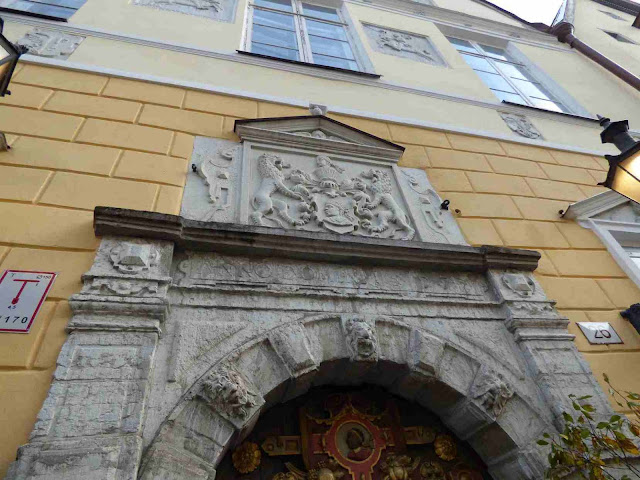










































































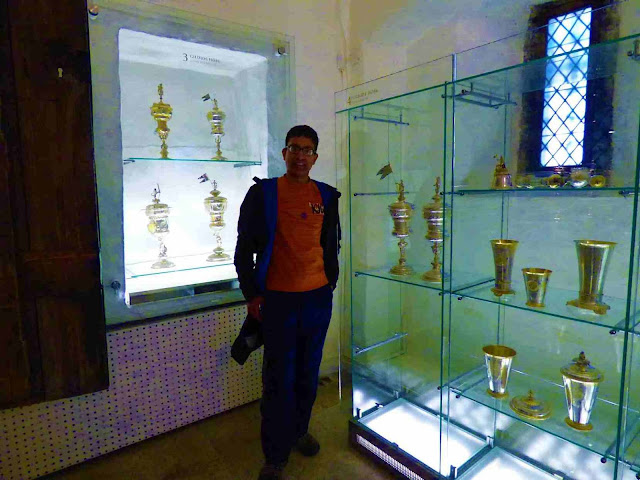

















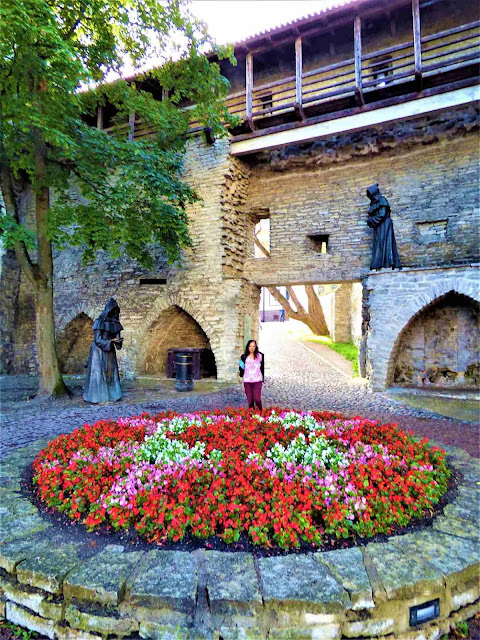























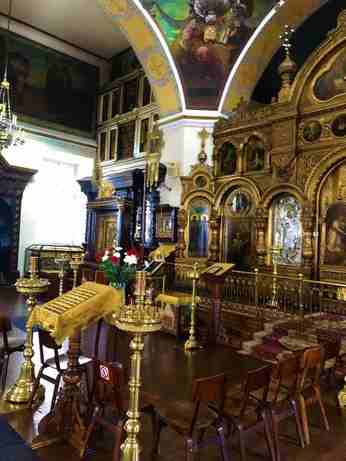














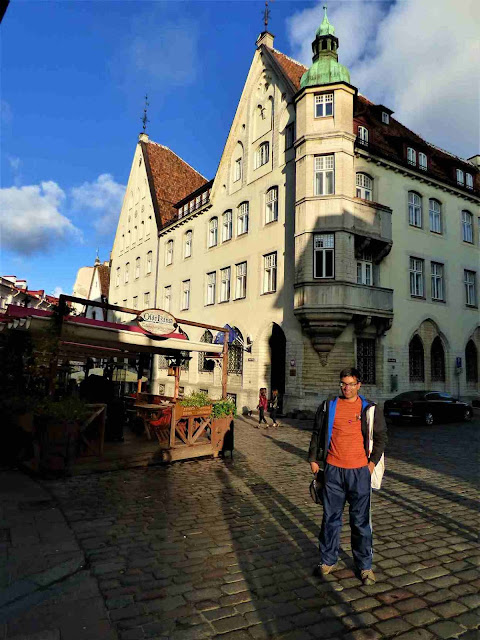




















































This comment has been removed by a blog administrator.
ReplyDeleteSpam not allowed on this site.
DeleteThis comment has been removed by a blog administrator.
ReplyDeleteThis comment has been removed by a blog administrator.
ReplyDelete